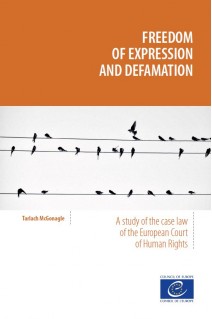



Freedom of expression is a fundamental freedom, one of the cornerstones of democracy in Europe, enshrined in various key texts, including the European Convention on Human Rights. But the boundaries between freedom to criticise and damaging a person’s honour or reputation are not always very clear. By defining public insults and defamation, the law can set limits on freedom of expression, which is neither absolute nor boundless. But how far can it go?
This study examines the details of the European Court of Human Right’s case law on defamation. It explores a range of substantive and procedural issues that the Court has considered, and clarifies the concept of defamation, positioning it in relation to freedom of expression and public debate. It explains how overly protective defamation laws can have a chilling effect on freedom of expression and public debate, and discusses the proportionality of defamation laws and their application.
Contents
Acknowledgements
Executive summary
Introduction
Background
Structure and scope
1. Defining and positioning defamat ion
1.1. Freedom of expression
1.2. Definitions, purposes, delimitations, distinctions and balancing exercises
1.3. Public debate
1.4. Chilling effect
1.5. Proportionality
2. Substantive issues
2.1. Facts and value judgments
2.2. Subject of the statement
2.3. Who is liable?
2.4. Defences
3. Procedural and remedial issues
3.1. Procedural safeguards
3.2. Civil measures and remedies
3.3. Criminal sanctions
Conclusions
Case law
The authors
Download an extract (1000)

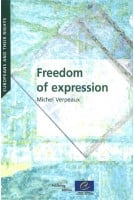
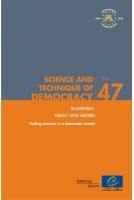
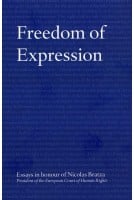


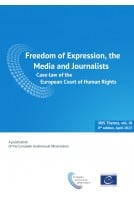










Freedom of expression is a fundamental freedom, one of the cornerstones of democracy in Europe, enshrined in various key texts, including the European Convention on Human Rights. But the boundaries between freedom to criticise and damaging a person’s honour or reputation are not always very clear. By defining public insults and defamation, the law can set limits on freedom of expression, which is neither absolute nor boundless. But how far can it go?
This study examines the details of the European Court of Human Right’s case law on defamation. It explores a range of substantive and procedural issues that the Court has considered, and clarifies the concept of defamation, positioning it in relation to freedom of expression and public debate. It explains how overly protective defamation laws can have a chilling effect on freedom of expression and public debate, and discusses the proportionality of defamation laws and their application.
Please note that in accordance with our terms & conditions, PDF/epubs may only be purchased by private individuals.
